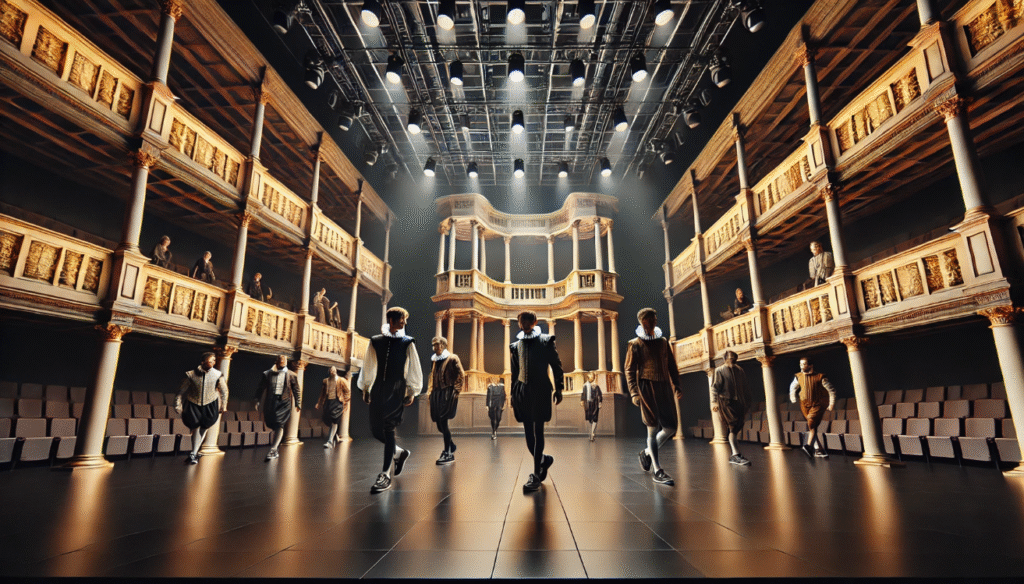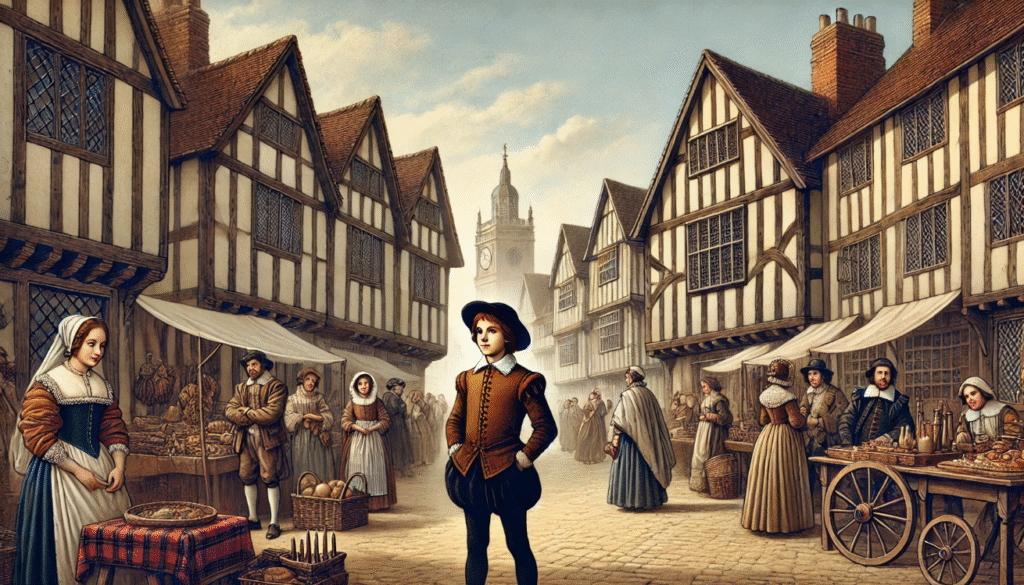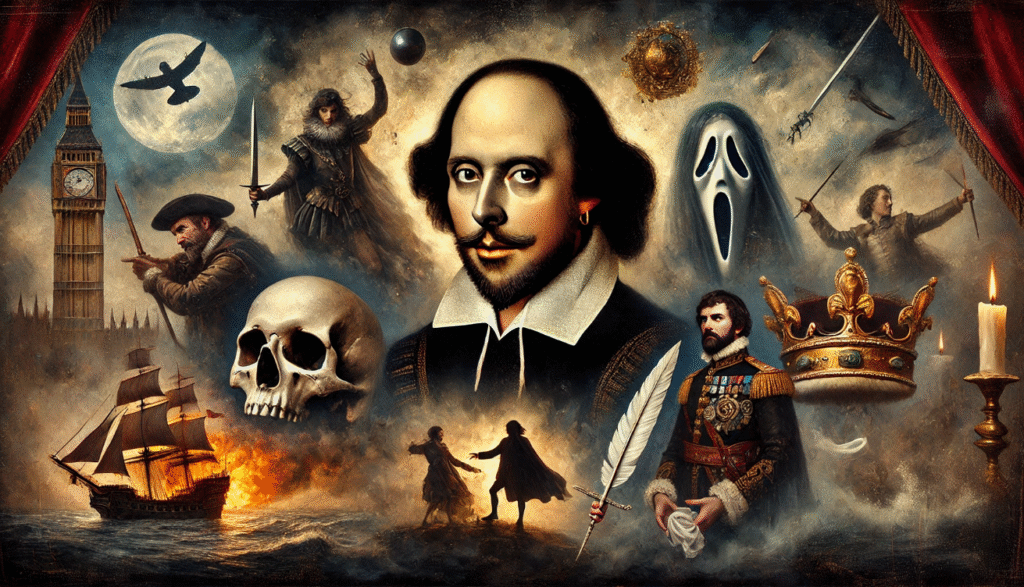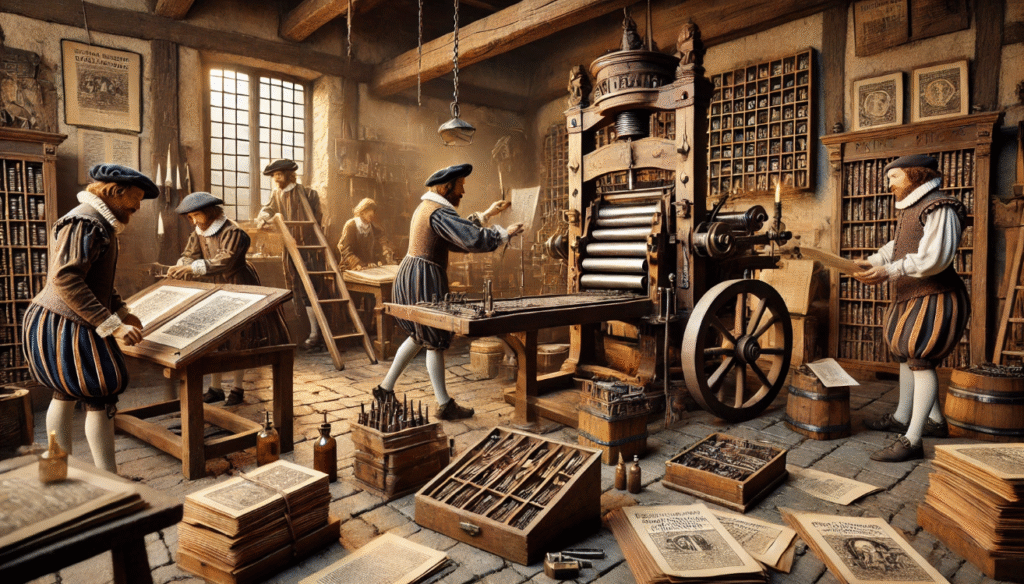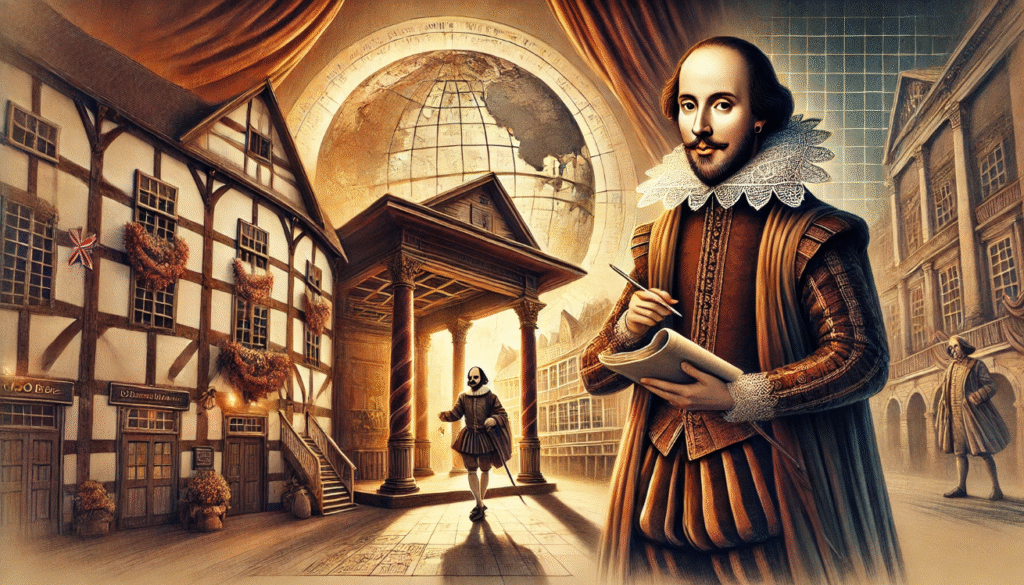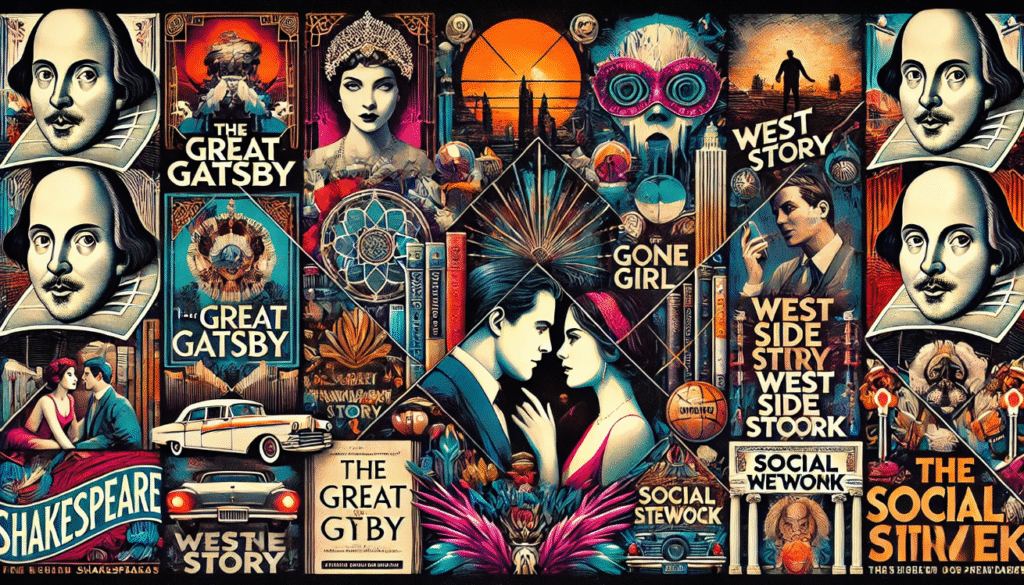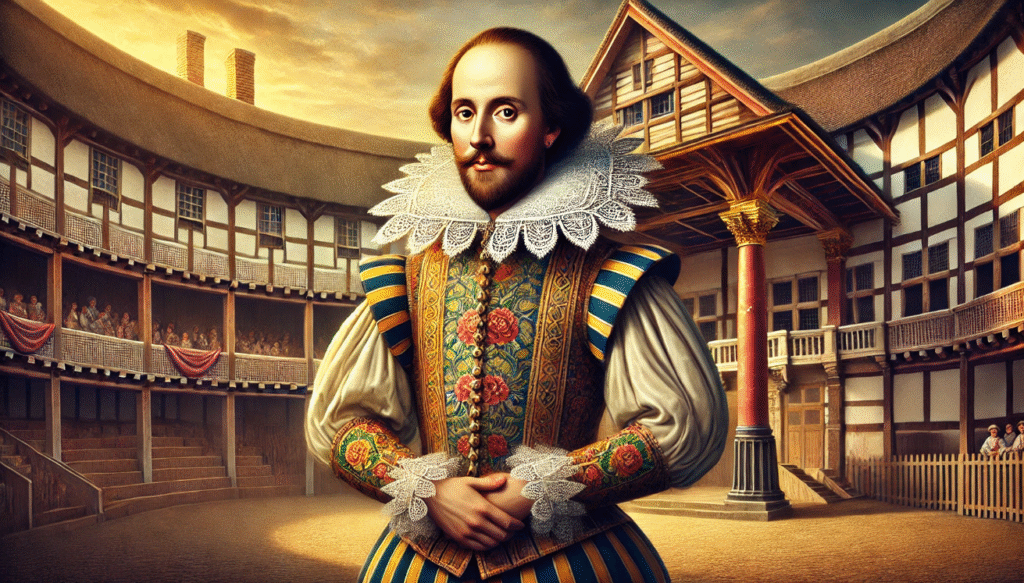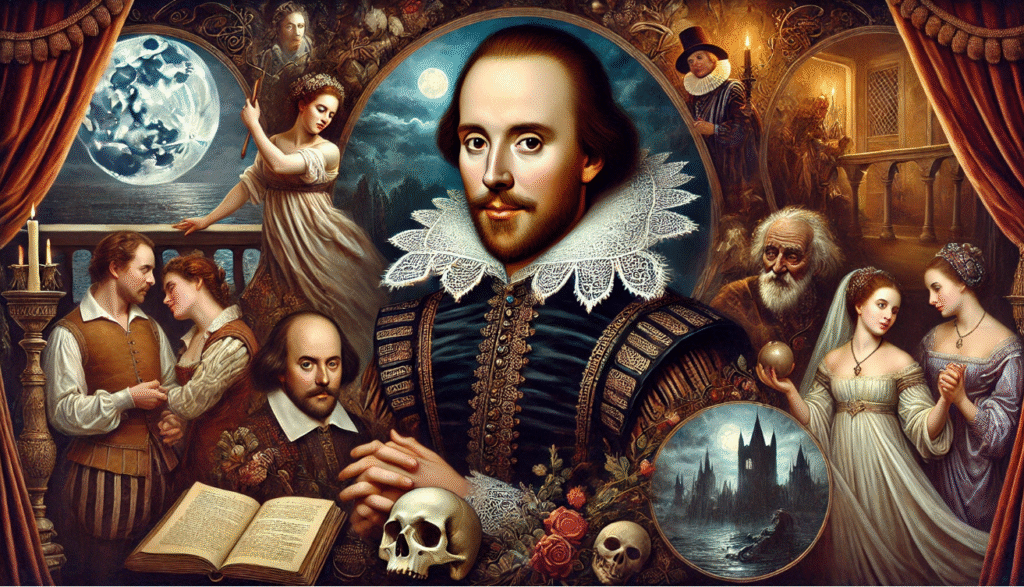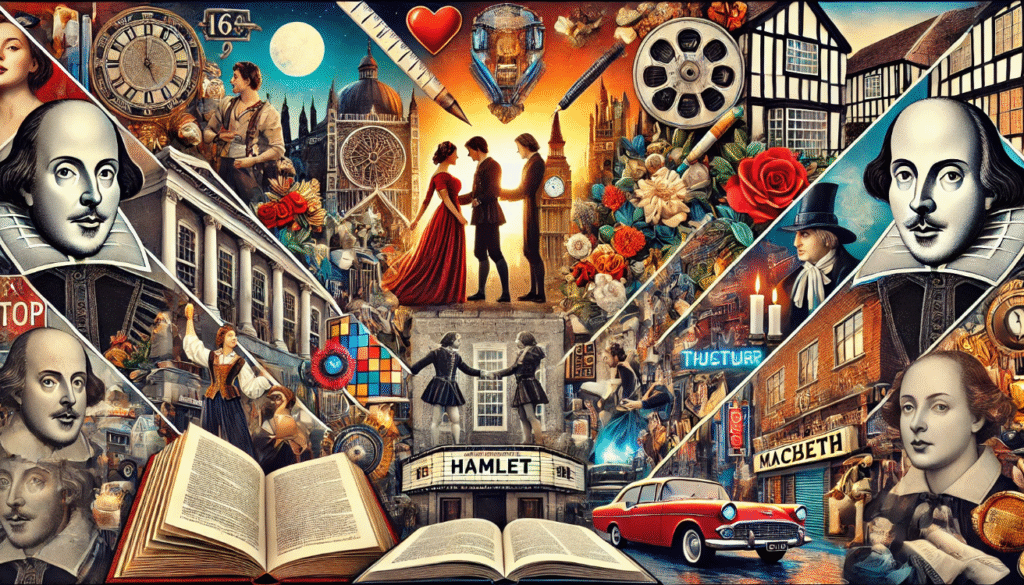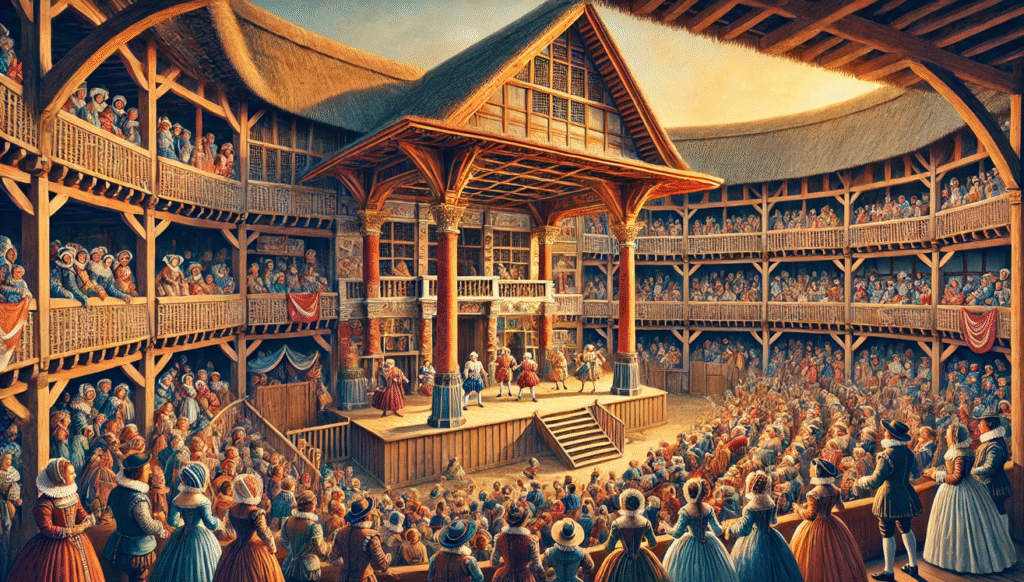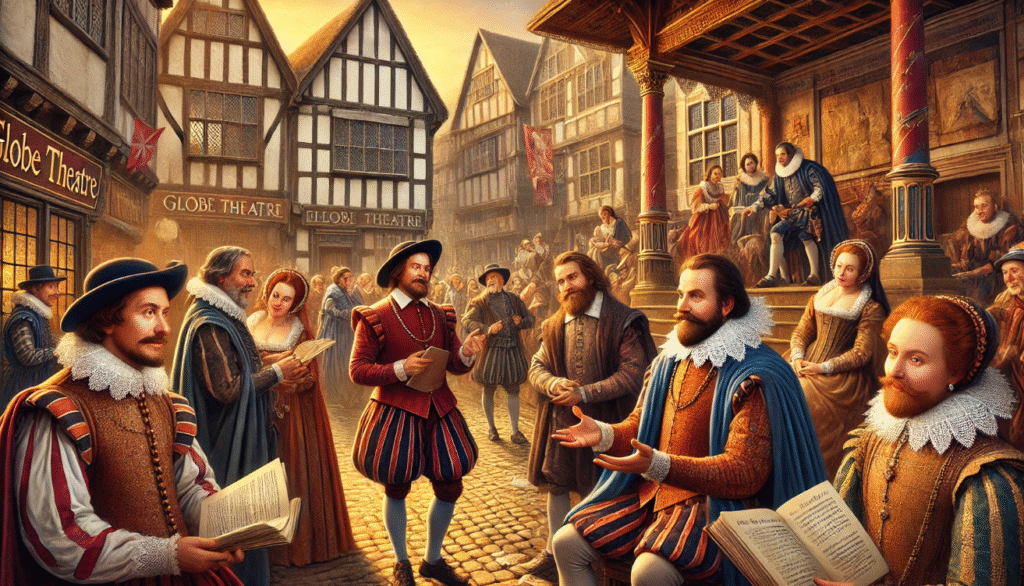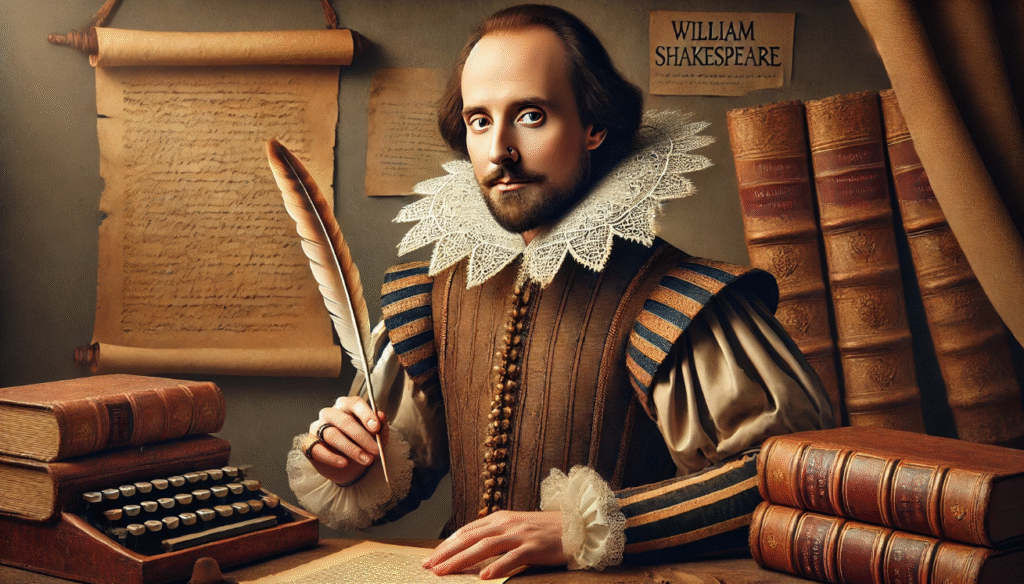 What would Shakespeare’s influence on modern drama look like without the shadow of William Shakespeare? From intricate character arcs to emotionally charged soliloquies, the fingerprints of the Bard are everywhere in today’s theater. Whether we’re watching a gritty stage drama or a contemporary adaptation on screen, elements of Shakespeare’s storytelling style continue to resonate deeply. Shakespeare’s influence on modern drama influence didn’t end in the 1600s—it evolved, adapted, and became the foundation for countless dramatic innovations. In this article, Shakespeare’s influence on modern drama we’ll explore how Shakespeare’s legacy shaped modern drama, uncover the techniques that still inspire playwrights today, and reveal how Shakespeare’s influence on modern drama timeless insights into human nature continue to captivate audiences across generations.
What would Shakespeare’s influence on modern drama look like without the shadow of William Shakespeare? From intricate character arcs to emotionally charged soliloquies, the fingerprints of the Bard are everywhere in today’s theater. Whether we’re watching a gritty stage drama or a contemporary adaptation on screen, elements of Shakespeare’s storytelling style continue to resonate deeply. Shakespeare’s influence on modern drama influence didn’t end in the 1600s—it evolved, adapted, and became the foundation for countless dramatic innovations. In this article, Shakespeare’s influence on modern drama we’ll explore how Shakespeare’s legacy shaped modern drama, uncover the techniques that still inspire playwrights today, and reveal how Shakespeare’s influence on modern drama timeless insights into human nature continue to captivate audiences across generations.
Understanding the Roots: Who Was William Shakespeare?

William Shakespeare was an English playwright, poet, and actor born in 1564 in Stratford-upon-Avon. Often called the greatest writer in the English language, he wrote 39 plays, 154 sonnets, and several long poems. His works cover a wide range of genres—tragedy, comedy, history, and everything in between.
What made Shakespeare’s influence on modern drama stand out was his deep understanding of human emotion and behavior. He created complex characters like Hamlet, Macbeth, and Lady Macbeth—figures who still feel real and relevant today.
Shakespeare’s plays were performed at the famous Globe Theatre in London, where audiences from all walks of life came to watch. His work broke barriers, combining poetic language with powerful storytelling that touched on love, power, ambition, and betrayal.
Understanding Shakespeare’s roots helps us see why his influence on modern drama is so strong. He didn’t just entertain—he changed how stories are told on stage.
Core Elements of Shakespeare’s Dramatic Style

Shakespeare’s dramatic style is what sets him apart and continues to shape modern theater. His techniques are powerful, timeless, and still widely used today.
Soliloquies for Inner Conflict
Shakespeare used soliloquies to let characters speak their thoughts aloud. This gave audiences a direct line to a character’s inner world—something modern writers still rely on for emotional depth.
Rich, Rhythmic Language
He often wrote in iambic pentameter, a rhythmic style that gave his lines a poetic flow. This not only sounded beautiful but made his words more memorable.
Deep Character Development
His characters weren’t just good or evil—they were complex and conflicted. Shakespeare explored human nature in a way that felt real, making his characters relatable across centuries.
Universal Themes
Themes like love, power, jealousy, betrayal, and ambition appear in nearly all his works. These timeless ideas continue to drive modern stories on stage and screen.
Clever Wordplay and Symbolism
Shakespeare loved puns, metaphors, and symbols, adding layers of meaning to his work. This gives actors and directors room to interpret and innovate.
These core elements are why Shakespeare’s dramatic style continues to inspire today’s playwrights, directors, and performers.
Shakespeare’s Storytelling Techniques That Live On Today
Shakespeare’s storytelling methods have stood the test of time. Many of his techniques are still used in modern drama, making his influence feel fresh and relevant even today.
Strong Openings
Shakespeare knew how to grab attention fast. He often opened with action, mystery, or tension—something modern writers use to hook audiences from the start.
Parallel Plots
He used multiple storylines to explore different characters and themes at once. This adds depth and contrast—a technique often seen in film and TV.
Tragic Flaws
Shakespeare’s heroes usually had a fatal flaw, like Macbeth’s ambition or Hamlet’s hesitation. This idea of inner weakness leading to downfall is a classic dramatic structure still popular today.
Dramatic Irony
He used dramatic irony—where the audience knows more than the characters—to build suspense. It’s a timeless trick for keeping viewers emotionally invested.
Character-Driven Plots
Rather than just relying on events, Shakespeare let his characters drive the story. Their choices, conflicts, and growth shaped the plot—just like in the best modern dramas.
These storytelling tools are key reasons why Shakespeare’s influence on modern drama is so powerful and lasting.
His Influence on Modern Playwrights

Shakespeare’s impact on modern playwrights is everywhere. His techniques, themes, and character styles continue to shape the way stories are written and performed today.
Complex Characters
Writers like Arthur Miller and Tennessee Williams were inspired by Shakespeare’s deep, flawed characters. Think of Willy Loman in Death of a Salesman—a modern tragic hero, much like King Lear.
Bold Themes
Modern playwrights still explore themes Shakespeare loved: power, love, betrayal, revenge, and identity. These timeless ideas give today’s plays emotional weight and universal appeal.
Innovative Structure
Shakespeare broke rules to serve the story—mixing comedy and tragedy, shifting tone, and using creative dialogue. Playwrights like Tom Stoppard and Sarah Ruhl carry this forward by blending genres and breaking conventions.
Language and Wordplay
Many modern writers admire Shakespeare’s use of language. They echo his clever wordplay, poetic lines, and meaningful metaphors to add richness to their scripts.
Theatrical Experimentation
From Shakespeare’s use of the chorus to characters speaking directly to the audience, these devices are still used in modern theater to create intimacy and tension.
Shakespeare didn’t just inspire playwrights—he gave them a toolkit that’s still shaping the world of drama today.
Shakespeare’s Lasting Impact on Modern Theater Conventions
Many of today’s theater conventions trace back to Shakespeare. His innovations changed how plays are written, staged, and performed—leaving a permanent mark on modern drama.
Breaking the Fourth Wall
Shakespeare often had characters speak directly to the audience, a technique called breaking the fourth wall. This method is still used today to create a personal connection with viewers.
Flexible Stage Design
He wrote plays that could be performed on minimal sets, focusing on language and performance. This flexibility inspired the black box theater style used in many modern productions.
Universal Casting
In Shakespeare’s time, all roles were played by men. Today, his works are often cast with gender-blind or color-conscious approaches, encouraging inclusion and creativity—ideas his plays easily support.
Ensemble-Based Storytelling
Shakespeare didn’t rely on one main character. He used strong supporting roles to develop the story—a structure embraced in modern ensemble theater.
Audience Engagement
His plays were made to keep audiences involved, mixing humor, tension, and emotional shifts. Today’s theater still follows this model to maintain energy and connection throughout the performance.
Shakespeare didn’t just write for the stage—he helped define what theater could be. His influence lives on in every corner of modern performance.
Case Studies: Shakespeare’s Legacy in Modern Productions

Modern theater continues to draw from Shakespeare’s plays—sometimes by adapting them directly, and other times by reimagining their structure, themes, or style. Here are a few powerful examples of his legacy in action.
West Side Story (1957)
This iconic musical reworks Romeo and Juliet into a modern love story set in New York. The feud becomes a gang rivalry, but the core theme—love in a divided world—remains pure Shakespeare.
The Lion King (1994)
Disney’s animated hit borrows heavily from Hamlet. A young prince’s struggle with power, guilt, and revenge echoes the emotional depth of Shakespeare’s tragic hero.
10 Things I Hate About You (1999)
This teen comedy modernizes The Taming of the Shrew. It keeps the witty dialogue, gender roles, and romantic conflict, but reshapes them for a high school setting.
Hamilton by Lin-Manuel Miranda
Although not a direct adaptation, Hamilton reflects Shakespearean influences in its rhythmic language, complex characters, and use of soliloquy-style rap verses to explore inner thoughts.
Macbeth at the Royal Shakespeare Company
Many recent productions use modern costumes, minimal sets, and bold lighting to make classic texts feel fresh. These updates show how Shakespeare’s plays still adapt to today’s stage.
These case studies prove that Shakespeare’s storytelling is not stuck in the past—it’s alive and thriving in today’s theater.
Why Shakespeare Still Matters to Modern Audiences

Despite being over 400 years old, Shakespeare’s works continue to captivate modern audiences. His themes, characters, and dramatic techniques remain relevant today, making his plays as compelling as ever.
Timeless Themes
Shakespeare explored universal human experiences—love, power, jealousy, revenge, and identity. These themes are as relevant now as they were in his time, resonating with today’s diverse audience.
Complex Characters
Shakespeare’s characters, like Hamlet and Lady Macbeth, are rich and multi-dimensional. They reflect real human struggles and offer a deep dive into emotions, making them timeless and relatable for modern viewers.
Emotional Depth
Shakespeare’s ability to evoke deep emotions through his writing—whether it’s the joy of love or the tragedy of betrayal—connects with audiences on a personal level, no matter their background or time period.
Cultural Significance
Shakespeare’s influence on literature, language, and culture is undeniable. His works are deeply embedded in modern references, quotes, and storytelling conventions, making his plays an essential part of our cultural fabric.
Versatility in Interpretation
From traditional performances to modern adaptations, Shakespeare’s works allow for endless creativity. Directors and actors continuously reinterpret his plays, bringing new meaning to familiar words and situations for contemporary audiences.
Shakespeare still matters because his works provide valuable insights into human nature. His ability to capture the complexity of life makes his plays a constant source of inspiration for modern theater.
Practical Takeaways for Theater Enthusiasts and Writers

Whether you’re a theater enthusiast or a writer, Shakespeare’s influence offers valuable lessons. His work teaches us about the art of storytelling, character development, and emotional engagement. Here are some practical takeaways you can apply today:
Focus on Complex Characters
Shakespeare’s characters are rich in complexity, with clear motivations, flaws, and growth. Writers today can draw from this by creating multi-dimensional characters whose journeys feel real and relatable.
Master the Art of Dialogue
Shakespeare’s plays are known for their sharp, impactful dialogue. To create engaging dialogue, focus on subtext—what the characters mean beneath the surface—and allow the words to reveal inner conflicts.
Play with Themes
Explore universal themes like love, power, and identity. These themes resonate across time and provide emotional depth to your stories. By weaving timeless ideas into your work, you ensure it remains relevant to audiences.
Experiment with Structure
Don’t be afraid to experiment with structure and form. Shakespeare often mixed genres and played with narrative conventions. Modern writers can take inspiration from his flexibility in combining comedy and tragedy, or using non-linear timelines.
Connect with Your Audience
Shakespeare’s plays spoke directly to his audience, whether through soliloquies or humor. Writers today can keep this connection alive by creating moments where characters break the “fourth wall” or speak to the audience’s emotions directly.
Embrace Adaptability
Shakespeare’s works are timeless because they can be adapted to fit different settings and times. Writers and theater directors should embrace the ability to reinterpret old stories in new ways that speak to today’s audiences.
By applying these strategies, you can create theater that honors Shakespeare’s legacy while also carving out a place in the modern world.
Shakespeare’s influence on modern drama is undeniable. His timeless themes, complex characters, and innovative storytelling techniques continue to shape the way we write, perform, and appreciate theater today. From his lasting impact on modern playwrights to the conventions that still dominate the stage, his legacy lives on in every performance.
As we’ve seen through case studies and the continued relevance of his work, Shakespeare’s ability to connect with audiences across centuries is a testament to the universal truths he explored. Whether through traditional adaptations or modern reimaginings, his influence provides a foundation for all theater enthusiasts and writers to build upon.
By embracing the lessons from Shakespeare’s work—such as creating multi-dimensional characters, experimenting with structure, and engaging with timeless themes—writers and theater artists can craft stories that resonate with audiences now and in the future. Shakespeare’s plays are not just relics of the past; they are living, breathing pieces of art that continue to inspire and challenge the world of theater.

